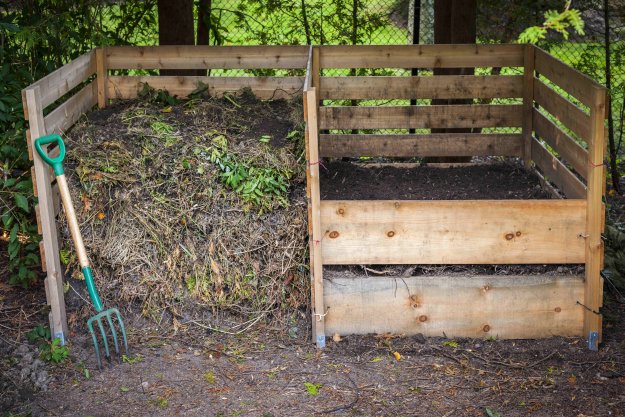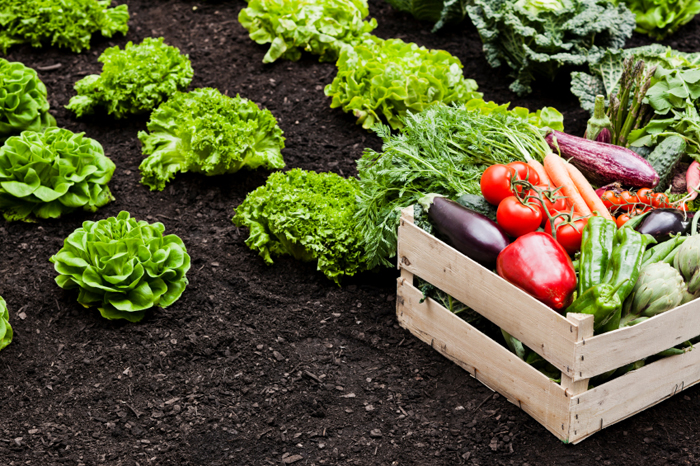DIY Projects to Improve Your Homestead Gardening
DIY Projects to Improve Your Homestead Gardening
Blog Article
Learn Just How to Grow a Growing Gardening Setting for All Ability Degrees
Developing a flourishing yard is a diverse venture that can be embraced by individuals at any kind of ability level. By taking a look at crucial parts such as dirt wellness, proper plant choice, and seasonal care routines, one can develop a lasting gardening practice that generates rewarding outcomes. Understanding how to assess and boost your yard room lays the structure for success. The ins and outs of carrying out these principles typically existing difficulties that can deter also the most passionate beginner. What strategies can be employed to get over these challenges and foster a genuinely flourishing setting?
Recognizing Your Yard Room
In the world of gardening, recognizing your garden space is vital to cultivating a growing landscape (Homestead Gardening). The initial step in this undertaking involves evaluating the certain features of your plot. Aspects such as dirt composition, sunlight exposure, and drainage play critical roles in identifying the viability of your yard for numerous sorts of plants
Begin by conducting a soil test to examine pH degrees and vitamins and mineral content, which will inform any needed modifications. In addition, observe just how much sunlight your space receives throughout the day. Different plants have varying light requirements; some flourish completely sun, while others like full or partial color.

Lastly, assess the offered space and plan accordingly. This consists of taking into consideration plant elevations and infected make sure appropriate space for growth without overcrowding. By gaining a comprehensive understanding of your yard room, you established the foundation for a successful horticulture experience.
Picking the Right Plant Kingdoms
Choosing the right plants for your garden requires cautious consideration of different variables, consisting of environment, soil conditions, and personal preferences. Start by examining your local climate, as specific plants grow in certain temperature arrays and climate patterns. Exotic plants may not endure in cooler regions, while durable perennials can withstand extreme winter seasons.

Consider your individual choices, consisting of aesthetic charm and upkeep levels. Determine whether you choose vivid flowers, lavish foliage, or edible plants. Additionally, consider the moment and effort you want to buy plant treatment, as some varieties require even more attention than others.
Finally, assume regarding the yard's layout and light direct exposure. Sunlight patterns throughout the day will certainly affect your choices-- some plants need complete sunlight, while others flourish in color. By thoughtfully analyzing these components, you can create a productive and harmonious yard customized to your environment and tastes.
Crucial Gardening Tools
A well-equipped gardener can substantially boost their horticulture experience and outcomes. Vital horticulture tools are essential to cultivating a successful garden, regardless of skill level. First, a durable spade is vital for excavating and turning soil, while a trowel allows for exact planting and hair transplanting of smaller sized plants.
Pruning shears are important for maintaining plant health by getting rid of disordered or dead branches, advertising much better air circulation and development. In addition, a hand rake is beneficial for removing particles and aerating the soil, guaranteeing optimal problems for plant origins.
Gardening gloves protect hands from thorns, chemicals, and sores, making them an important accessory. A watering can or tube with an adjustable nozzle ensures that plants obtain appropriate moisture without overwatering.
Last but not least, think about purchasing a tough wheelbarrow for delivering soil, plants, and devices around the garden efficiently. By constructing a high quality toolkit that consists of these necessary items, garden enthusiasts can take on different jobs with confidence and convenience, leading the way for a flourishing horticulture atmosphere. Remember, the right tools not just improve performance but additionally enhance the general enjoyment of the horticulture procedure.
Soil Prep Work and Upkeep
Quality soil is the structure of an effective yard, making appropriate prep work and upkeep important for healthy and balanced plant growth. Based on the examination results, amendments can be made to enhance dirt problems for details plant requirements.
Including organic matter, such as compost or well-rotted manure, is necessary for boosting dirt framework and fertility. This not just enhances nutrition accessibility however likewise advertises valuable microbial task. In addition, correct drainage is important; heavy clay soils may require the addition of sand or perlite to improve oygenation.
Regular maintenance of soil health includes mulching, which conserves moisture and subdues weeds. Moreover, revolving plants annually helps prevent nutrient deficiency and lowers parasite and condition dangers. It is also important to avoid over-tilling, which can interfere with dirt structure and harm valuable microorganisms.
Eventually, a consistent dedication to dirt preparation and maintenance will certainly result in a flourishing yard, making sure that click plants receive the essential nutrients they require for durable development and efficiency.
Seasonal Care and Monitoring

In springtime, focus on have a peek here planting new seeds and seedlings, while also carrying out dirt examinations to amend nutrient deficiencies. Frequently examine for bugs and diseases, as these can proliferate with the warming climate. Summer season demands regular watering and mulching to retain dampness, in addition to pruning for far better air circulation.
As autumn approaches, it's time to prepare the garden for inactivity. This includes gathering plants, tidying up debris, and using a layer of compost to secure plant origins from frost. Think about growing cover plants to enrich the soil throughout the cold weather.
Check frameworks like greenhouses for damages and ensure proper insulation for sensitive plants. By adapting your horticulture practices to the seasonal cycles, you can promote a flourishing environment that supports plant health year-round.
Conclusion
To conclude, cultivating a successful garden requires an extensive this article understanding of necessary concepts such as dirt structure, sunlight exposure, and suitable plant choice. Carrying out efficient soil preparation and maintenance techniques, in addition to making use of the right devices, cultivates an optimum expanding atmosphere. Regular seasonal care and monitoring techniques additionally improve plant health and wellness and efficiency. By adhering to these foundational standards, people whatsoever skill degrees can accomplish a growing garden that contributes to both aesthetic pleasure and ecological sustainability.
Selecting the right plants for your garden calls for cautious consideration of numerous variables, consisting of climate, dirt conditions, and individual preferences. Conduct a dirt test to determine pH degrees and nutrient material, which will guide you in choosing plants that will grow in your yard.Finally, consider investing in a tough wheelbarrow for moving soil, plants, and devices around the garden effectively.Quality dirt is the foundation of an effective garden, making appropriate prep work and maintenance essential for healthy and balanced plant development. Homestead Gardening.In conclusion, cultivating an effective garden needs a thorough understanding of vital concepts such as dirt composition, sunshine direct exposure, and suitable plant choice
Report this page